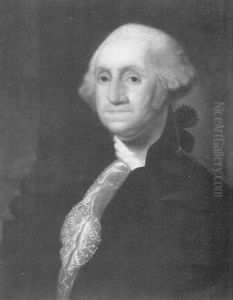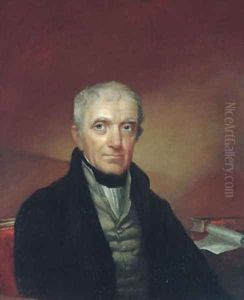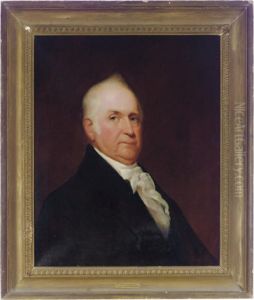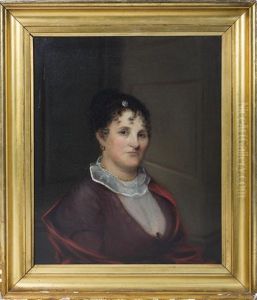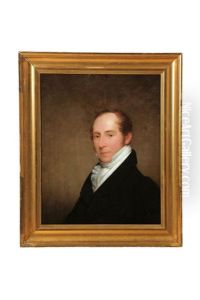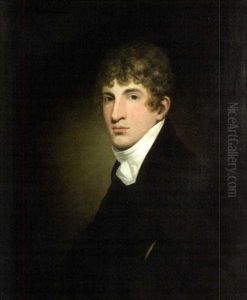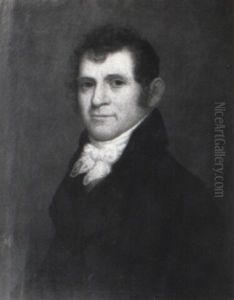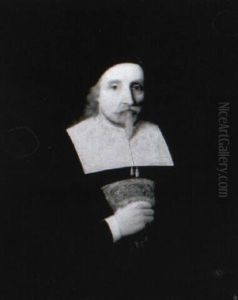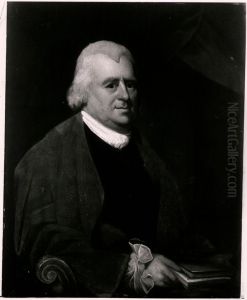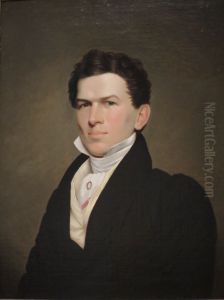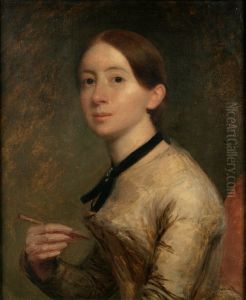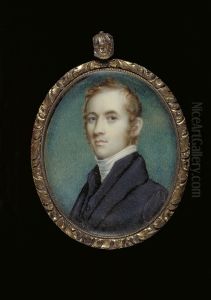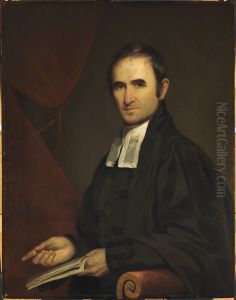James Frothingham Paintings
James Frothingham was an American portrait painter born on March 12, 1786, in Charlestown, Massachusetts. He was known for his finely detailed and expressive portraits which were especially popular in the early 19th century. Frothingham developed an interest in art at an early age, but he initially worked as a clerk before pursuing a career in painting.
He was largely self-taught, although he did receive some guidance from Gilbert Stuart, one of the foremost American portraitists of the era. Stuart's influence is evident in Frothingham's work, particularly in his attention to detail and the lifelike quality of his portraits. Frothingham's work reflects the transitional period in American art from colonial styles to more personal and intimate portrayals of the subject.
Frothingham's career as a portraitist flourished in Boston, where he painted many notable figures of the time. His clients included prominent members of society, clergymen, and academics. Despite the competition from other portraitists, Frothingham managed to establish a successful career due to his skill and the high demand for quality portraiture.
Throughout his career, Frothingham remained active in the artistic community. He was involved with the Boston Athenaeum, a significant cultural institution, where many of his works were exhibited and remain in the collection. His portraits are also held in other prestigious collections, including the Massachusetts Historical Society and Harvard University.
James Frothingham continued to paint until his later years, leaving behind a body of work that provides a valuable glimpse into the faces and personalities of early 19th century America. He passed away on January 4, 1864, in Brooklyn, New York. His legacy is that of a dedicated and talented artist whose portraits have preserved an important era in American history and continue to be appreciated for their craftsmanship and historical significance.
